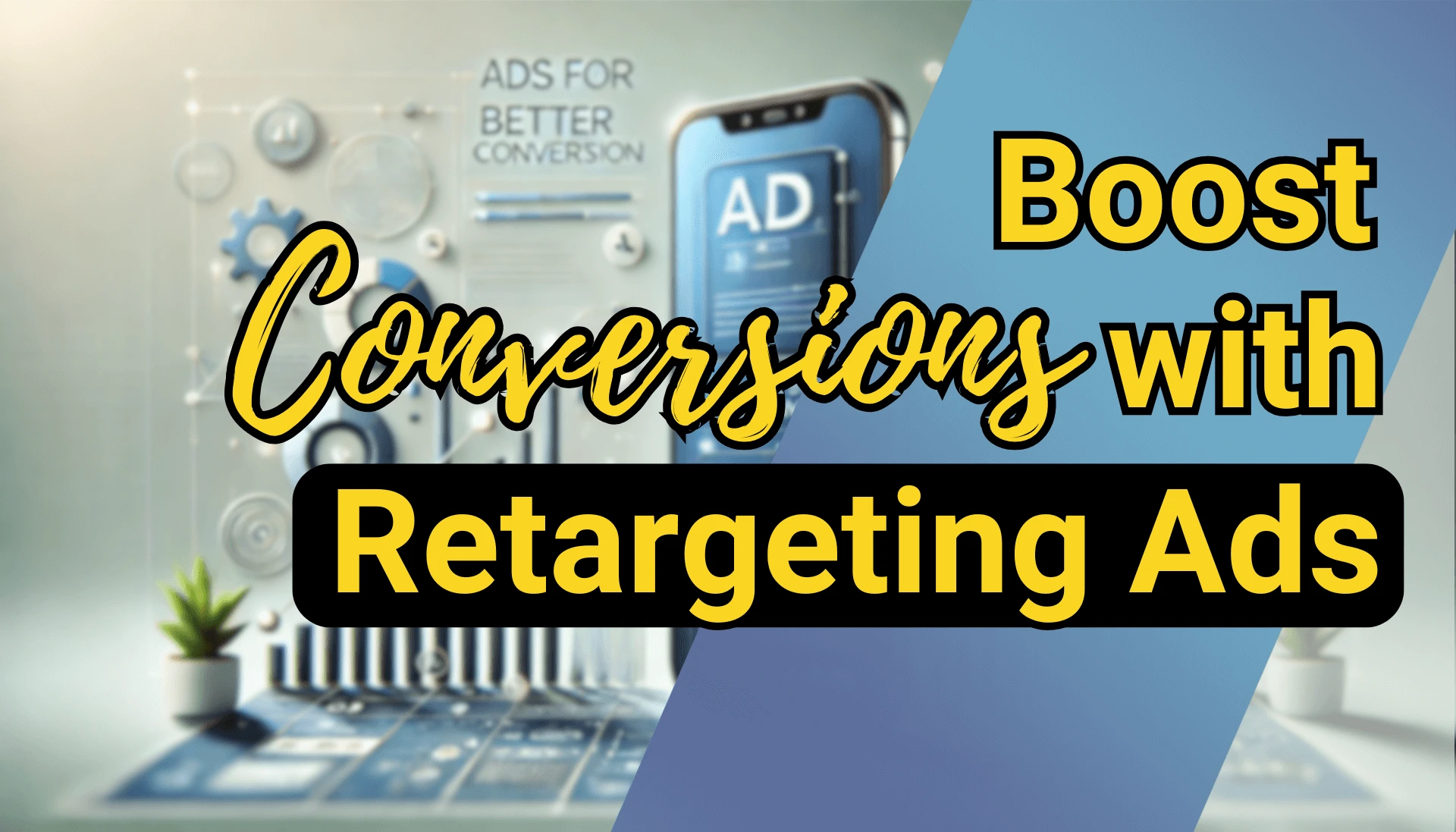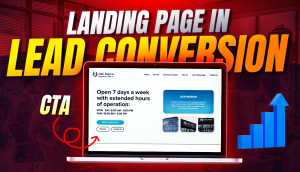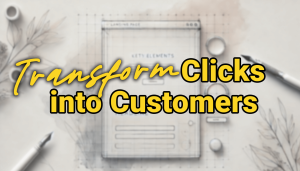Nurture Leads the Right Way with Retargeting That Converts
Looking to stay top of mind with potential customers and turn more leads into sales? Retargeting might be exactly what your business needs. Whether you’re running a small business or leading a marketing team at a mid-sized company, understanding how to retarget the right way is essential. It ensures your budget is spent efficiently while building trust with prospects throughout their buying journey.
Many businesses, including large corporations, often misuse retargeting. They waste money by bombarding visitors with irrelevant or repetitive ads. This strategy leaves performance gaps that can be avoided with a thoughtful, well-planned approach. Let’s explore what it takes to design a smarter retargeting campaign that builds credibility, nurtures leads, and drives conversions.
What Makes a Successful Retargeting Strategy?
The key to effective retargeting is ensuring prospects see the right content at the right time, guiding them through every stage of the buying process. Too often, businesses rely solely on repeatedly showing the same product-focused ads to website visitors. But this tactic can fall flat, missing the opportunity to nurture leads and build meaningful trust.
Instead, ask yourself: What key pieces of content do I want every prospect to engage with before they make a purchase? Your retargeting strategy should aim to guarantee that critical content—such as customer testimonials, product demonstrations, and brand storytelling—reaches those visitors.
Building a More Thoughtful Retargeting Campaign
Rather than hammering prospects with the same ad repeatedly, the goal should be to distribute a variety of helpful content across multiple touchpoints. Here are key ways to make your retargeting efforts stand out:
1. Use Multiple Ad Formats for Impact
Think beyond basic product ads. Utilize different formats to provide prospects with a more rounded view of your brand:
- Video ads: Showcase case studies, founder introductions, or product walkthroughs.
- Lead-generation forms: Offer newsletters, free trials, or webinar sign-ups to collect leads.
- Follower ads: Encourage prospects to follow your social media profiles for ongoing engagement.
This variety ensures prospects engage with content that builds trust, answers questions, and positions your brand as an expert in its field.
2. Create a 90-Day Retargeting Funnel
To avoid overwhelming visitors, structure your retargeting ads in phases. For example:
- Days 1–30: Focus on trust-building content, such as testimonials and social proof.
- Days 31–90: Highlight specific product benefits or offer promotions to incentivize conversions.
- Post-90 Days: Shift toward light nurturing with helpful tips, new product announcements, or updates through follower ads.
This phased approach ensures prospects stay engaged without feeling bombarded, helping them move organically toward conversion.
Personalization and Timely Touchpoints
Visitors who repeatedly engage with your ads or return to your website should be treated differently. When a prospect visits multiple times or clicks on your retargeting ads, it’s time to increase intensity. This is where high-intensity campaigns—featuring stronger calls-to-action—can encourage direct interaction, like scheduling a call or filling out a lead form.
For these repeat visitors, create a 30-day high-priority sequence that focuses on specific offers or lead-generation forms to push them toward conversion. This sequence helps capture hot leads before they lose interest.
Build Long-Term Engagement Through Cross-Promotion
Retargeting isn’t just about driving immediate conversions. It’s also about encouraging prospects to engage with your brand across multiple channels. By promoting other touchpoints—like your email newsletter, Facebook group, or podcast—you create opportunities for organic engagement even after your paid campaigns end.
This strategy ensures that prospects who don’t convert right away stay connected to your brand through non-paid channels, allowing them to be nurtured over time.
Timing and Rotation: Avoid Ad Fatigue
Running the same ads day after day can lead to audience fatigue, reducing engagement and driving up costs. Ad scheduling is essential to keep things fresh. Rotate ads regularly and align them with different phases of your retargeting funnel. This prevents prospects from seeing the same message too frequently, making your campaign feel more dynamic and engaging.
The Power of Video in Retargeting
Many businesses underuse video in their retargeting efforts, missing a valuable opportunity to connect emotionally with prospects. Videos can introduce your team, share success stories, or provide product tutorials that add depth to your brand message. A well-placed video ad helps humanize your company and builds the kind of trust that product descriptions alone cannot achieve.
Common Pitfalls to Avoid
Here are some mistakes to watch out for when planning your retargeting campaigns:
- Using only product ads: If every ad you run is about your core product, you’ll miss opportunities to build trust and provide value.
- Ignoring audience segmentation: Not all prospects are the same. Tailor your message based on where they are in the customer journey.
- Forgetting to cap ad frequency: Overexposing prospects to your ads can make them tune out. Use frequency capping to avoid fatigue.
- Failing to analyze performance: Regularly monitor your campaign metrics and adjust based on which content resonates best with your audience.
Putting It All Together
The most effective retargeting strategy isn’t about chasing prospects with product ads—it’s about creating meaningful touchpoints that build trust, provide value, and nurture long-term relationships. By rotating relevant content, using multiple ad formats, and carefully scheduling campaigns, you can guide prospects through every stage of their journey.
When done right, retargeting ensures your business stays at the top of your mind while minimizing wasted ad spend. It creates a seamless experience that transitions prospects from paid ads to organic channels, where they continue to engage with your brand over time. Use these strategies to fine-tune your retargeting efforts and watch your leads grow into loyal customers.




